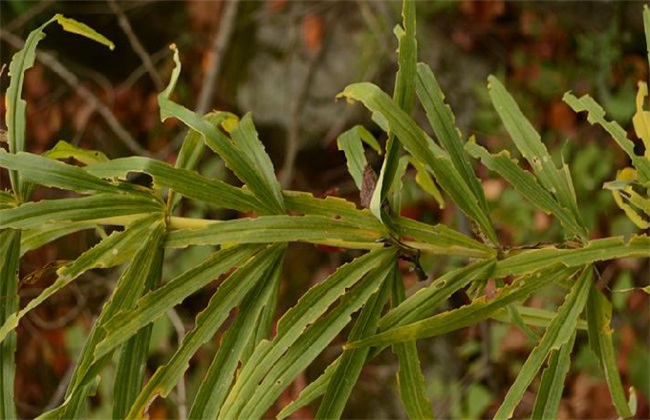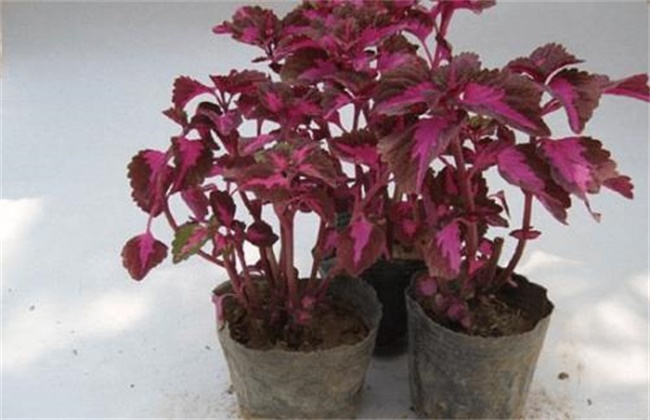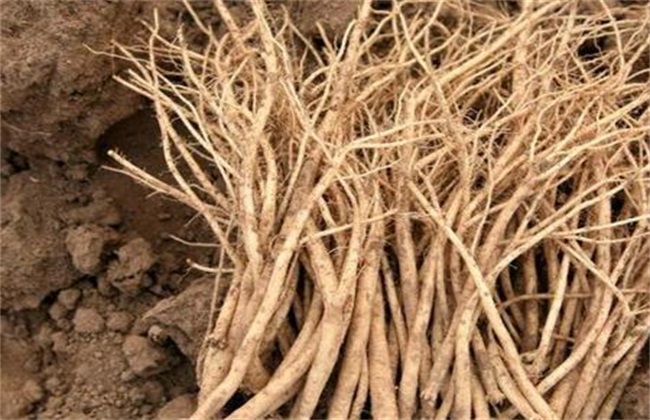What is the reason why the leaves of Polygonatum polygonatum turn yellow?
As a medicinal material, the number of people who grow Polygonatum is quite large, and the problem of yellowing leaves in the process of planting is common. There are many reasons for this, some are caused by the natural environment, and some are caused by improper management, so what are the general reasons for the yellowing of Polygonatum leaves? Let's learn more about it!

1. Leaf spot
In terms of diseases, leaf spot disease, anthrax and so on all have such a situation, but generally it is mainly caused by leaf spot disease. After the bacteria invade Polygonatum, the growth of the plant is affected, there is a problem with the nutrient supply of the leaves, and the bacteria consume a lot of nutrients, while the nutrient supply in other places can not keep up, and the disease will slowly appear around the leaves. The location of the disease is to slowly wither and die. If the performance on the leaves is similar to this, then you'd better try to use the medicine for leaf spot disease to see the effect.
2. Excessive illumination
Rhizoma Polygonatum needs a certain amount of light, but the demand is not very strong, on the contrary, strong light will also affect its growth. Rhizoma Polygonatum yellow leaves caused by excessive light mostly appear in areas with less shade, where Polygonatum is planted, some shading substances are generally evenly distributed, if not, yellow leaves will be more frequent. Under the irradiation of strong light, the water loss of the leaves is too fast, the photosynthesis is strong, and the water demand of Polygonatum polygonatum increases sharply, which will eventually burn its leaves, and then slowly appear withered and yellowed, if this situation persists for a long time, then the harvest of that year will be a big problem.
3. Drought
The yellowing caused by strong light is generally concentrated in the position of the leaves, but the one caused by drought is different, which may lead to the yellowing of Polygonatum as a whole. Although Huang Jing does not like the wet environment, it does not mean that it is resistant to drought. When the land is dry, there will be a lack of water in the whole. In some places, there is a sign of drying up slowly, and when it is serious, the whole plant will die directly, and there will be the yellowing and withering situation seen by everyone, which will be known by watering to see if the situation is getting better.
4. Insect pests
Finally, there are insect pests, Polygonatum polygonatum planting time is not short, so need to face insect pests for a long time, aphids, red spiders and other pests are a greater threat. Rhizoma Polygonatum leaves are generally plump and juicy, especially loved by these pests. When these insects attach to the leaves, most of the nutrients will be slowly absorbed by these pests, and the leaves will naturally wither and yellow. so it's best to see if there are any pests when the leaves turn yellow.
These are some of the reasons for the yellowing of Polygonatum leaves. When planting Polygonatum, as long as it ensures its growth environment, it can generally grow better. The yellow leaves caused by these external factors will not do much harm as long as they are treated in time.
Related
- Fuxing push coffee new agricultural production and marketing class: lack of small-scale processing plants
- Jujube rice field leisure farm deep ploughing Yilan for five years to create a space for organic food and play
- Nongyu Farm-A trial of organic papaya for brave women with advanced technology
- Four points for attention in the prevention and control of diseases and insect pests of edible fungi
- How to add nutrient solution to Edible Fungi
- Is there any good way to control edible fungus mites?
- Open Inoculation Technology of Edible Fungi
- Is there any clever way to use fertilizer for edible fungus in winter?
- What agents are used to kill the pathogens of edible fungi in the mushroom shed?
- Rapid drying of Edible Fungi



